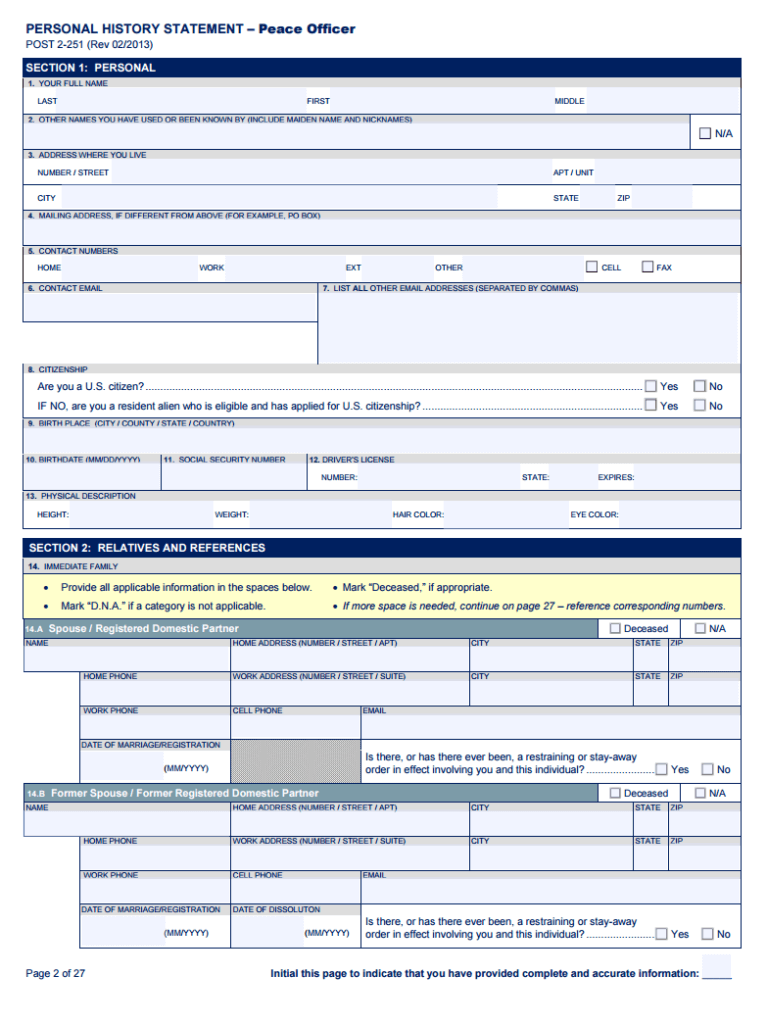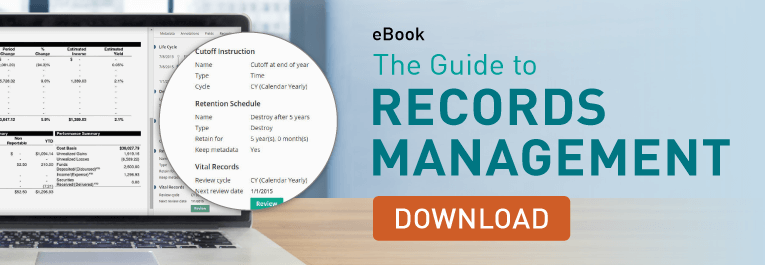SITUATION
• Citizens making public record requests encountered red tape and long wait times
• The county was at capacity for paper records and preparing to construct a new building to store them
RESULTS
• $5.5 million saved from not having to build a new records facility
• Transparent and easy to use records request solution increased efficiency in the process by over 100%
• Strengthened information governance, data security and disaster recovery
Tompkins County, NY, is a leader in the government shared services space, with a county-wide task force dedicated to strengthening and sharing local government practices.
“My top priorities are to establish relationships with other governments and to spread Laserfiche and our user group among them,” says Maureen Reynolds, Tompkins County Clerk. Reynolds notes that the county’s primary goal is to help constituents easily access public records without encountering red tape and long waiting times.
“Our demographic expects Amazon-type service,” she adds. “They want it right there, immediately, 24/7.”
Modernizing Records Management
Although the county was committed to improving its records management practices, it had been using an old building to store millions of archived records and was set construct a new building to the tune of $5.5 million—until it discovered Laserfiche’s records management and digital workflow capabilities.
“The Tompkins County team saw an opportunity to modernize the way it manages information while creating cost- savings and new efficiencies,” said Sandy Hess, sales operations manager at ICC Community Development Solutions, a Laserfiche solution provider. “Laserfiche’s intuitive interface and powerful compliance tools made it an ideal fit.”
The county began its Laserfiche implementation by digitizing documents in the county seat of Ithaca, and then quickly brought the county other municipalities on the system. The county created public records portals for each town, enabling citizens to submit records requests forms online, 24/7 without having to travel to their city hall or to Ithaca. Laserfiche’s workflow system automates the intake of requests and routes them to the appropriate clerk or department for processing.

“Any truly public record is there and accessible for people to find themselves,” says Reynolds, adding that having one records system that can be used as a shared service across the county is crucial for quick user adoption and building more transparent governance standards.
“The feedback has been great,” she says. “We go out to the smaller municipalities and they’ve never seen software like this. We’re not here to take over; we’re here to show them what’s possible.”
Benefits:
- Records requests are completed in half the time, from 28-day to 12-day turnaround times for citizens.
- The county digitized more than 9,000 boxes of archived records.
- The county saved $2.8 million in operational costs over the first five years of Laserfiche use.
- The $5.5 million which was intended for the new records facility was reallocated.
- County-wide information governance structures were created to organize public records according to federal and state compliance standards.
- The county improved data security and set disaster recovery controls.
Laserfiche’s flexible automation platform makes it a valuable long-term solution for Tompkins County and other governments that need to respond quickly to changing public demands.
“You get a customizable solution with off-the-shelf software, which is very unique in the software world,” says Alan Karasin, Senior Network Administrator. “We can design exactly what we need, but we have full supportability and are not redesigning the wheel every time we want to do something. We can change our processes up and change them over time as we find what our results are.”



